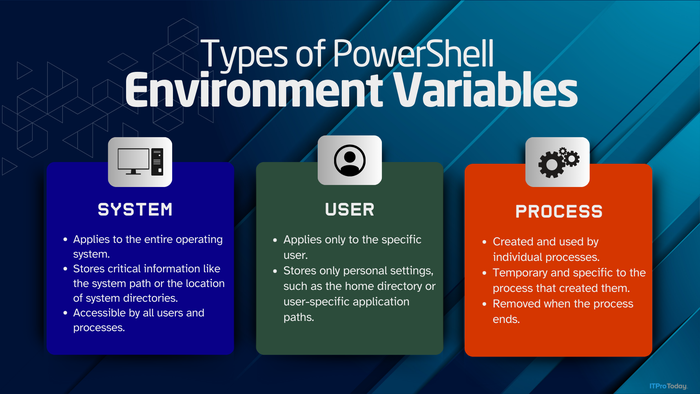Looking Back on Broadcom's VMware Acquisition: Price Hikes, Open Source GainsLooking Back on Broadcom's VMware Acquisition: Price Hikes, Open Source Gains
More than a year after Broadcom acquires VMware, its impact is evident — rising costs, strategic shifts, minimal layoffs, and a surge in open source adoption as former VMware customers seek alternatives.

In the wake of Broadcom's acquisition of VMware in late 2023, the Internet was abuzz with (largely dire) predictions about what the deal would mean for VMware customers and employees, not to mention the rest of the cloud computing ecosystem.
Now, more than a year later, the industry can stop speculating and start taking stock of what actually happened.
On the whole, the results are mixed. The Broadcom deal didn't completely eviscerate the VMware product line and customer base as some folks predicted. Nor did it lead to ongoing waves of layoffs at the company. But it certainly did upend certain corners of the cloud computing market, not least by apparently driving more ex-VMware customers toward open source alternatives.
That, at least, is a high-level overview of the Broadcom acquisition's impact. For a more detailed look, read on as we examine four key takeaways about the deal's impact.
1. VMware Costs Increased — Sometimes Very Steeply
Predictions that Broadcom would substantially increase pricing for popular VMware products proved to be on the money.
Quantifying exactly how much pricing for VMware products climbed following the acquisition is difficult because Broadcom hasn't released data about what clients were paying before and after the deal. However, media reports suggest that many customers saw increases in the range of 150-300%. More strikingly, certain clients have experienced tenfold price hikes, according to anonymous social media posts.
In some cases, higher virtualization and cloud computing product costs may reflect Broadcom's effort to make pricing more consistent across its customer base by raising charges for clients who had enjoyed sweetheart deals from VMware. That said, it seems quite likely that customers who were already generating a lot of revenue for VMware are now paying even more and that Broadcom did indeed view the VMware acquisition as an opportunity to squeeze more cash out of VMware's well-established client base.
2. Broadcom's Shifting Strategy
At first, Broadcom made no apologies for the higher pricing and gave no reason to think it was worried about customers jumping ship in response. But that stance appeared to change by late 2024, when the company announced it would give VMware channel partners — meaning third-party providers who resell or support VMware solutions — the opportunity to work with many of its largest clients.
Broadcom said little about exactly why it made this decision. But given that the company had previously moved to kill the VMware channel partner program entirely, the obvious conclusion is that Broadcom decided that it could retain more clients if it allowed them to work with third-party providers, who in some cases can deliver lower pricing or better services than Broadcom itself.
In other words, Broadcom's shifting approach to channel partners appears to be a sign that it has rethought at least part of its initial strategy and no longer sees a starkly unilateral approach to the VMware channel as viable.
3. Limited Broadcom Layoffs
Given Broadcom's apparent interest in leveraging its VMware purchase to grow revenues and, presumably, increase profits, the acquisition spawned widespread predictions of layoffs for VMware employees.
Some of those predictions were true. When the acquisition closed, Broadcom announced that more than 2,100 people were losing their jobs.
But warnings about further significant layoffs appear not to have been borne out. Despite some grumblings about "silent" layoffs — meaning steps taken by the company to encourage employees to resign as a means of reducing headcount — Broadcom has yet to announce any additional large-scale layoffs following the VMware acquisition.
4. Open Source Emerges as the Biggest Winner Post-acquisition
For companies seeking to migrate off of VMware following the Broadcom acquisition, there were two basic options. One was to move workloads to an alternative commercial platform, like those provided by Microsoft or Nutanix or a public cloud. The other was to pivot toward a virtualization strategy oriented around open source.
The limited data compiled to date about the migration paths of ex-VMware customers suggests that a majority opted for the second approach. According to a community survey, the open source hypervisors KVM and Xen were the "preferred" solutions of 70% of respondents interested in migrating from VMware. Commercial VMware alternatives were less popular.
Data like this should be taken lightly because it's self-reported and doesn't necessarily reflect migrations that former VMware customers have actually completed. Still, it's a sign that the Broadcom acquisition appears to have spurred increased interest in open source virtualization and cloud computing solutions rather than leading to market share gains for VMware's commercial competitors.
About the Author
You May Also Like








.jpg?width=700&auto=webp&quality=80&disable=upscale)
